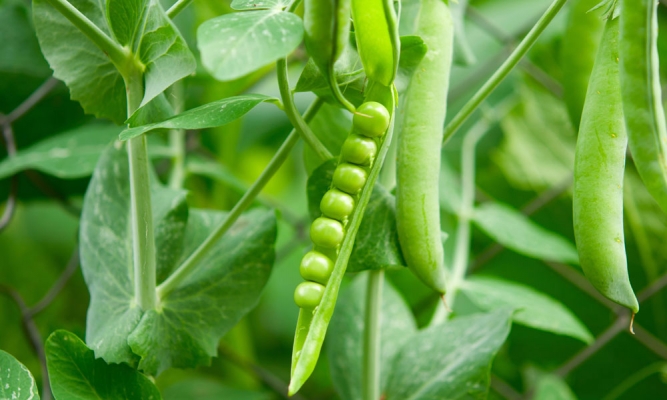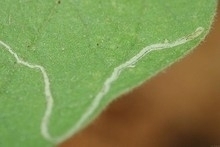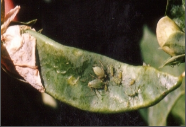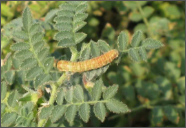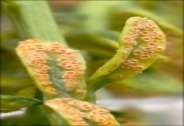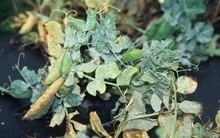General Information
It belongs to Leguminaceae family. It is a cool season crop grown throughout the world. Green pods are used for vegetable purpose and dried peas are used as pulses. In India, it is cultivated in Himachal Pradesh, Madhya Pradesh, Rajasthan, Maharashtra, Punjab, Haryana, Karnataka and Bihar. It is rich source of protein, amino acid and sugar. Green peas straw is good source of nutritional fodder for livestock.

